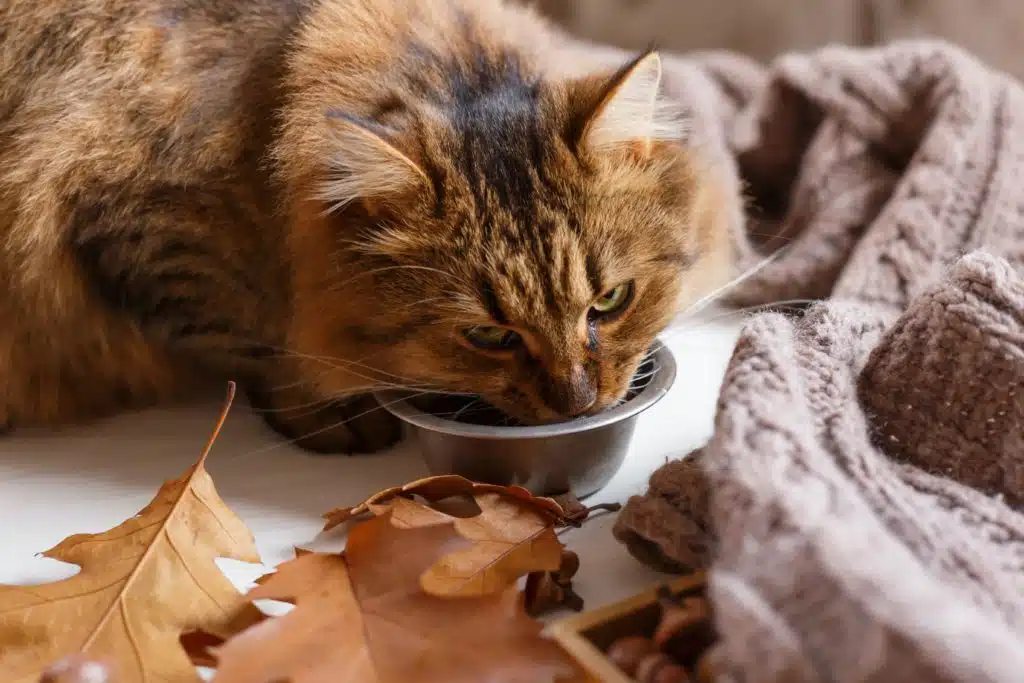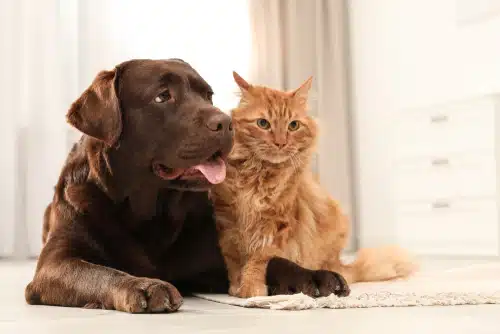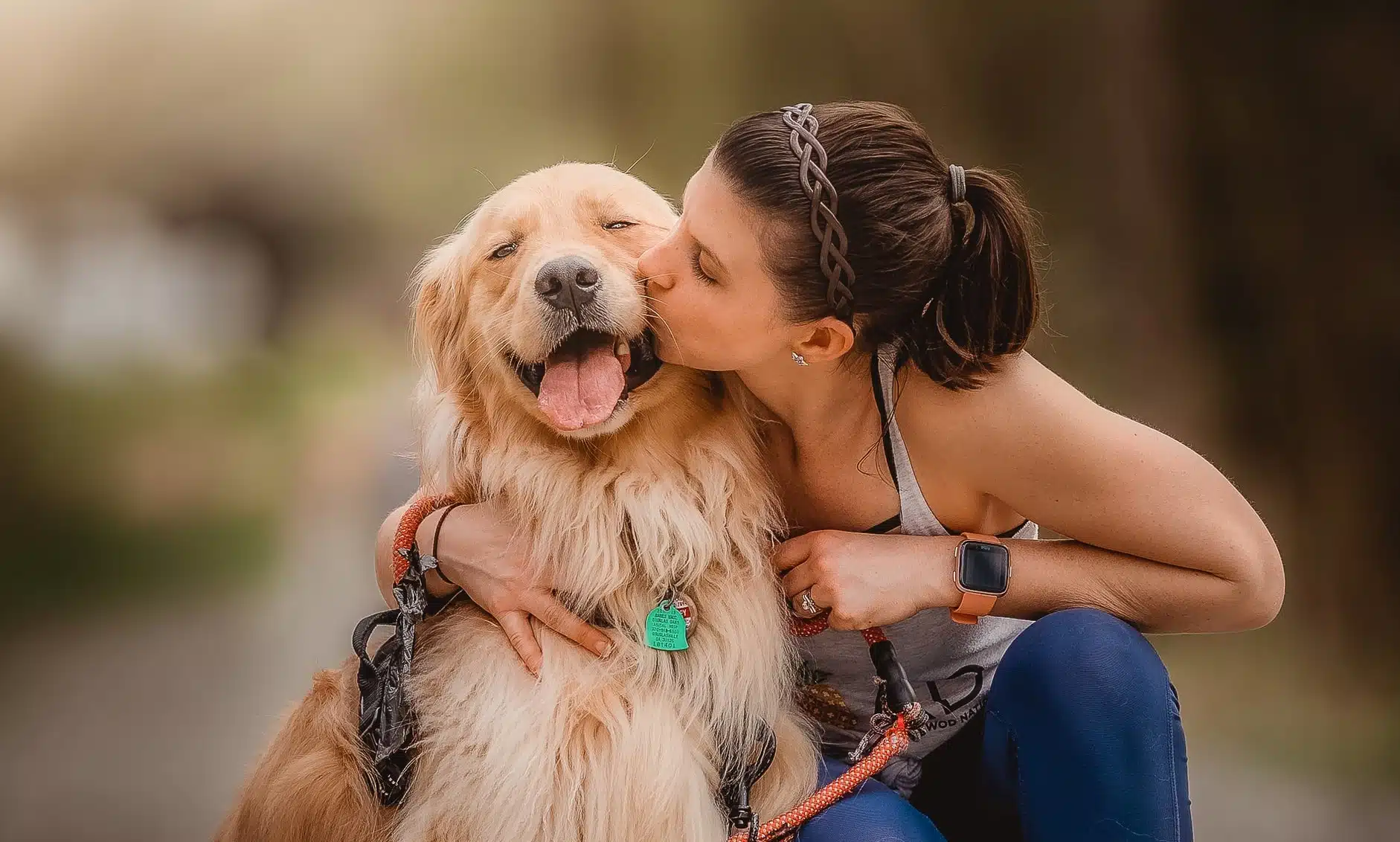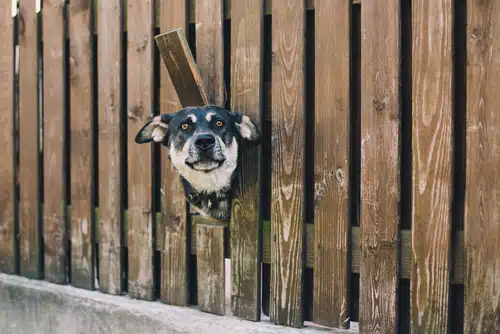Home » Blog » Pet » Pet Health & Safety » Diet Tips to Manage Diabetes in Cats and Dogs
Categories
Tags
animal welfare
breed profile
buying a car
buying a pet
Car
car accessories
car care
car features
car insurance
Car safety
car sales
car service
cat
cat behaviour
cat body language
Cat Breeds
cat food
cat insurance
comprehensive car insurance
Dog
Dog Behaviour
dog body language
Dog Breeds
dog food
Dog Insurance
dog training
eco friendly cars
Kitten
New Car
pet accessories
pet activities
Pet Adoption
pet breeders
pet days of the year
pet fun stuff
Pet Health
pet insurance
pet parenting
Pet Safety
pet services
Puppy
rescue pets
road safety
road trip
safe driving
Recent Blog:
Facebook Posts
1 day ago
True or false: A stiff brake pedal can stop your car from starting? Answers here…![]()
![]() 3 Reasons For a Stiff Brake Pedal and Car That Won't Start –
... See MoreSee Less
3 Reasons For a Stiff Brake Pedal and Car That Won't Start –
... See MoreSee Less
3 Reasons for a Stiff Brake Pedal and Car That Won't Start
www.pd.com.au
Help! My car isn't starting and the brake pedal is stiff - why?! First of all, if your brake is stiff and car won't start then you've already pieced3 days ago
Growing old sometimes means we can’t take care of pets anymore. Find out some advice on what to do when this happens:![]()
![]() Senior Pet Parents – Contingency Plans for Your Pet –
... See MoreSee Less
Senior Pet Parents – Contingency Plans for Your Pet –
... See MoreSee Less
Senior Pet Parents' Contingency Plans for Pets
bit.ly
Sometimes senior pet parents need more downtime. For older pet owners, this can be tricky to navigate if their dog or cat is full of beans and wants to5 days ago
Celebrating World Vet Day by expressing our gratitude to all the wonderful vets out there! You're the real heroes for our fluffy companions. #WorldVetDaye#ThankYouVetsu#PDPetsdpets
... See MoreSee Less
Managing diabetes in cats and dogs can get overwhelming at times. Taking this into consideration and to raise aware of the disease, November has been titled National Pet Diabetes Month.
Ensuring your pet sticks to a good treatment plan and a well-balanced diet is key to keeping their diabetes under control. If you’re searching for information and the best tips to nail that meal plan, you’ve come to the right place.
How does obesity affect diabetes in cats and dogs?
Obesity is one of the leading causes of pet diabetes with statistics showing that 41% of dogs and 32% of cats in Australia are either overweight or obese.
One of the leading causes of obesity in pets is eating more calories than they’re burning off because of little or no exercise. Believe it or not the way you feed your fur baby is one of the biggest contributing things to overweight dogs and cats, says the Pet Food Association of Australia.
Controlling your pet’s portion sizes and the way they’re fed can reduce the risk of overeating. Although it’s also incredibly difficult to say no to those longing eyes, feeding them table scraps or treats is a calorie overload. You need to keep this top of mind if you have a fat dog or cat.

A gateway to serious health issues
Pet obesity can lead to so many serious problems.
Diabetes in cats and dogs is also not the only health issue (read about other dog health problems) that’s directly linked to obesity in pets. Other serious illnesses include:
- Osteoarthritis
- Cardiovascular disease
- Insulin resistance / diabetes
- Liver and pancreatic disease
- Heart disease
- Reproductive disorders
Overweight and obese pets also have an increased susceptibility to infection and of some types of cancer. Put simply, they usually lead a less enjoyable and a poorer quality of life.
You really should prioritise swift action in controlling your pet’s weight and diabetes.

What you need to know about pet diabetes
As with humans catching an illness, keeping it under control means taking action as early as possible. The same applies with managing diabetes in dogs and cats. Once your vet has made an official diagnosis, implementing a swift treatment plan is key to ensuring your fur baby still leads a long and happy life.
Careful monitoring and treatment of diabetes in cats and dogs
Managing pet diabetes also takes careful monitoring and regular tests to ensure glucose levels are stable. This can be done at home using urine dipsticks from your vet or a portable glucometer and blood test strips.
Diabetes in cats and dogs is also usually treated with daily insulin injections that can be given at home.
Daily exercise for healthy circulation and dropping kilos
Apart from keeping a watch on what your pet eats, increasing the amount of exercise they get on a daily basis will help manage their condition.
As a feline parent, you’ll need to get more creative to encourage your kitty, especially if it’s an indoor cat with diabetes without space to really roam. You may want to look into training your cat how to walk on a leash, to take them for short walks around the neighbourhood. Or, set up a couple of cat trees and runs around your home, then encourage them to explore.
If you’re a canine parent, this may mean more dog exercise such as walks, games of fetch or aimless runs in the garden.

Tailored diet for better health
Your fur baby will also need to follow a strict diet with controlled portion sizes. Ensuring they stay at their ideal weight is key when managing diabetes in cats and dogs.
If your pet is overweight, the first step would be to help them shed those extra kilos. This will also assist their cells to use insulin (a hormone that regulates blood sugar levels) more effectively.
The ultimate goal of any treatment plan is to keep blood sugar (glucose) levels as close to normal as possible. This will also prevent your dog or cat from developing other complications linked to pet diabetes such as cataracts and urinary tract infections.
Diet tips to manage diabetes in cats and dogs
As part of a treatment plan your vet will tell you how many calories a day your dog or cat needs to eat. You’ll need to monitor this very closely.
Cats need to follow a low carb, high protein diet. They also need fat to balance the diet but this needs to be kept to a minimum. It’s important to be consistent with a diabetic cat’s diet, they need to be fed the same portion size and the same time every day. Most diabetic cats usually take two insulin injections a day.
If you have a dog, your vet may recommend a high-fibre, low-fat diet. Why? Because fibre is known to decrease the amount of glucose that enters the bloodstream. Foods that are lower in fat also have few calories, which helps with weight management and keeping those blood sugar levels in check.
In most cases a good quality store bought pet food should do the trick however in some cases your vet may recommend prescription food or develop a homemade meal plan.

The best diet for diabetic cats
Consistency and keeping your feline’s weight under control is key to managing their diabetes.
Here’s a snapshot of what their meals should be like:
- Meals should be low in carbs and high in protein. Look at food options consisting of no more than 10% carbs.
- Canned food is better than dry cat food because it has a lower amount of carbs. Most cats enjoy canned food so it shouldn’t be too hard to find one that your pet likes.
- Many over the counter canned foods meet the low carb/high protein ratio for diabetic cats but speak to your vet. They will let you know if your baby needs a prescription diet.
- Treats should only make up 10% of a diabetic cat’s diet. Things like freeze-dried chicken, beef, salmon, tuna, and liver are good treat options.
Also check out our great routine pet care tips for more ways to ensure your pet is healthy and happy.

The best diet for a diabetic dog
If you’re a dog parent here’s what your canine’s diet should look like:
- Meals that are rich in protein, which usually have fewer carbs.
- Foods with sufficient fibre, as this makes dogs feel fuller and helps with portion control.
- Plenty of water to stay hydrated.
It can take a little adjustment to move onto a new diet, but contact your vet if you see that your dog is vomiting or showing signs of an upset stomach.
Consider pet insurance for all kinds of illnesses
With the right medical care any pet has a better chance at leading a long and fulfilled life. You should consider pet insurance to help with the financial stress of vet bills and costs of treatment for illnesses, injuries, infections, allergies and more. Speak to PD Insurance about the right cover for your fur baby and your budget.
With one or more months free if you sign up online and no lock-in contracts on our month-to-month plans, what do you have to lose?
Share On:




